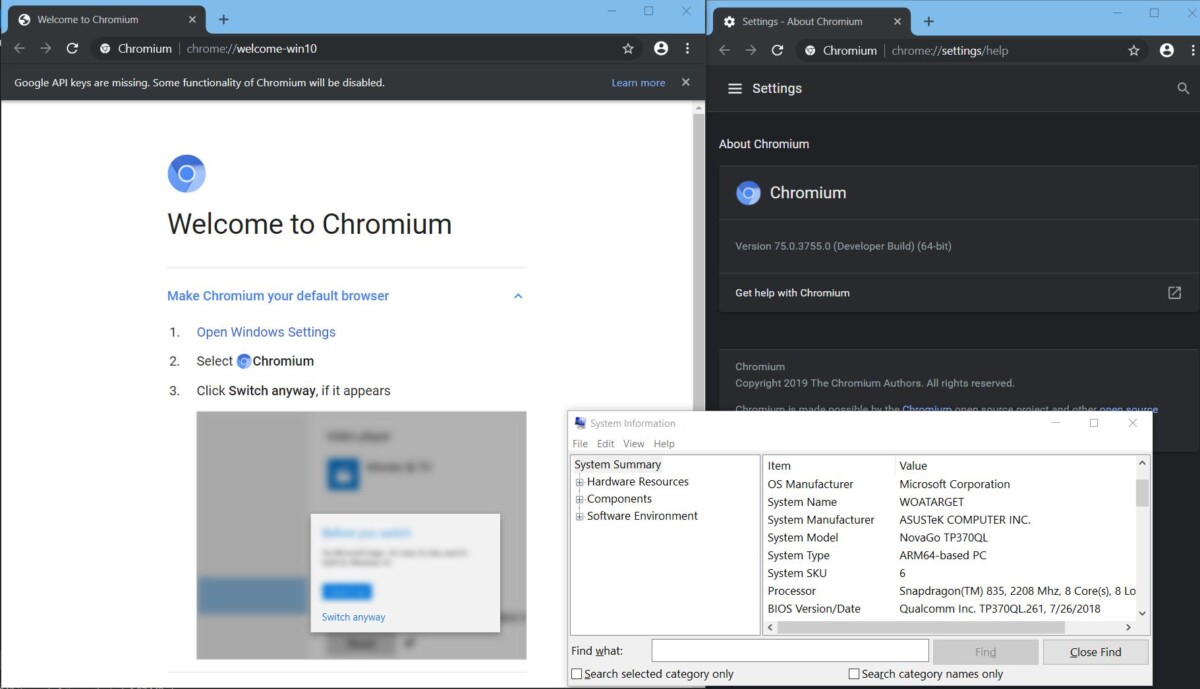

Javascript determines a user’s interactions with the webpage. And some browsers handle particular on-page elements better than others. This loading order can affect browsing speed-page elements load at different rates, and in different order, on different browsers. These engines “drive” the browser through the webpage-they determine how, and in what order, the page’s different elements are processed. Mozilla Firefox uses Gecko, while iOS browsers use Webkit.

Chromium-based browsers like Brave share the Blink browser engine. Some browsers have their own engine others might share one, and then make custom optimizations. Layout or browser engineĮvery browser has an “engine.” This is the core software codebase that runs the browser. Internally, a number of factors within the browser itself can also affect browsing speed, the two most significant being layout / browser engine, and Javascript engine. Let’s start by looking at the external factors (those outside the browser itself) and internal ones (those within the browser) affecting browser speed.Įxternally, Internet bandwidth (the service from your Internet service provider), cell signal, the number of devices on a network and what those devices are doing, computer processing speed, the make and age of your device’s operating system, and more can all contribute to a fast (or slow) browsing experience. But a lot has to happen behind the scenes to meet these expectations. We expect our browsers to load pages, download content, and stream videos with lightning speed. Understanding the factors that affect browser speed But which option is the fastest Web browser? In that time, a new generation of browsers like Brave has emerged, with far more focus on privacy and speed.

Chrome debuted almost 15 years ago, Firefox almost 20. While Chrome and Firefox may still feel new, they’re anything but.


 0 kommentar(er)
0 kommentar(er)
